This past summer, I conducted an experiment by wearing six smart rings simultaneously to determine which one was the best. After testing, the Oura Ring Gen 3 emerged as the top choice. However, following the conclusion of this experiment, the Oura Ring 4 has now taken the lead.
Oura has established itself as the dominant player in the smart ring market for the past decade, consistently staying ahead of competitors that are still developing their products. The company has dedicated years to research and collaboration, resulting in a plethora of new features over the last year. As 2024 comes to a close, Oura continues to refine both its hardware and software, further solidifying its market position.
The Oura Ring 4, priced at $349, introduces several notable improvements over its predecessor. These enhancements include a wider range of sizes, a slimmer design, and expanded automatic workout detection. The accompanying app has also undergone a redesign for easier navigation, while the battery life has significantly increased.
However, users will need to subscribe to access all features, and the absence of a charging case is a drawback. Oura’s main challenge is to maintain its competitive advantage when rivals are offering similar functionalities at lower prices without requiring subscriptions.
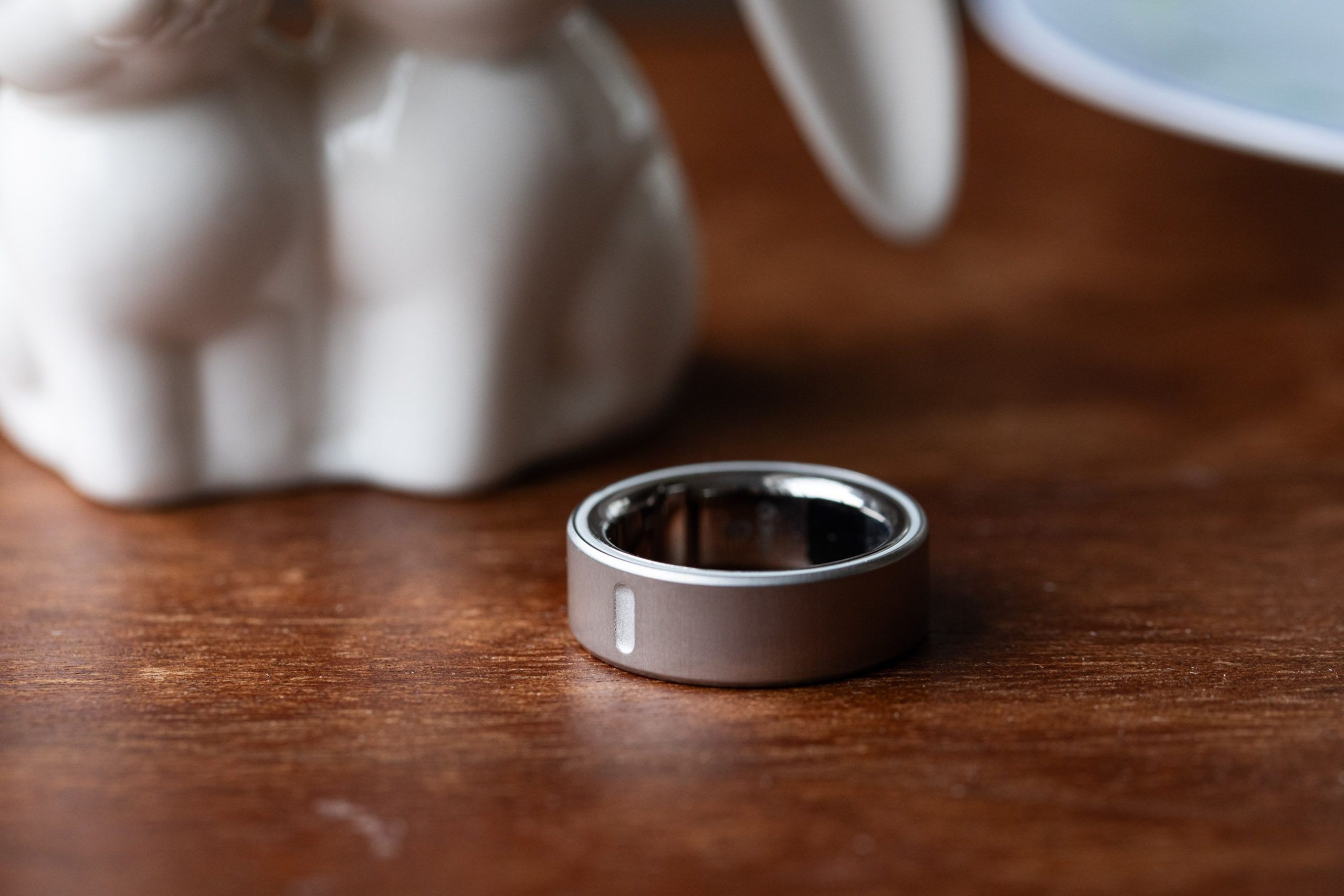
In terms of design and functionality, the Oura Ring 4 features gradual improvements. It is made entirely of titanium and sports a flatter design with recessed sensors, enhancing measurement accuracy. The newly introduced Smart Sensing algorithm increases the number of sensor signal pathways, helping to mitigate issues related to the ring’s rotation during wear.
While these technological advancements are impressive, the practical differences in user experience are subtle, primarily offering relief for those who found discomfort in previous models.
The all-titanium design of the Oura Ring 4 ensures a comfortable fit and comes in a broader size range. Users switching from earlier models may find this improved comfort significant, particularly with the availability of new sizes.
Additionally, battery life has been extended, providing up to eight days of use on a single charge—an impressive upgrade from the Gen 3’s three to four days. However, competing models, such as the Samsung Galaxy Ring, still offer longer battery life when paired with other devices.
Oura has made considerable advancements in its software, introducing a redesigned app that simplifies navigation through its features. The app now includes three main sections: Today, Vitals, and My Health, making it easier for users to access their metrics and health data.
New features, such as daytime stress tracking and cardiovascular age assessments, offer users deeper insights into their well-being. The automatic activity detection feature has also expanded to include 40 different activities, making the ring a more effective standalone activity tracker.
Despite Oura’s claims of improved accuracy with the Smart Sensing algorithm, comprehensive validation may be challenging for a single reviewer.
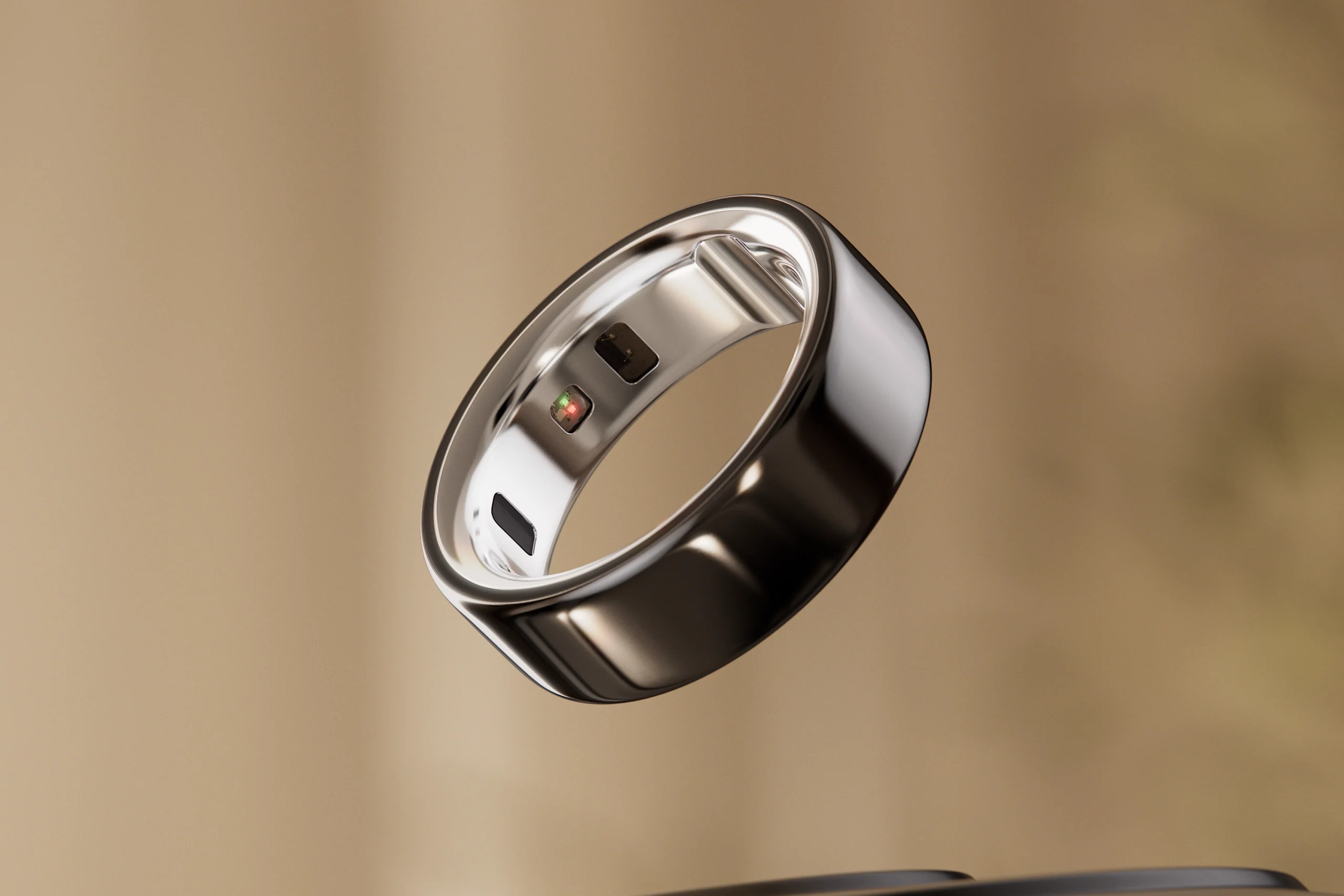
While the sleep tracking appears consistent, it is wise to approach consumer-grade wearables with some skepticism. However, Oura’s algorithm has shown to be superior to competitors in detecting sleep stages, highlighting the company’s commitment to rigorous research and development.
Currently, the Oura Ring 4 is regarded as the best smart ring available, owing much to its polished app experience and ongoing updates from Oura. However, potential users should contemplate whether the new features justify upgrading from the Gen 3 model.
For many, the enhancements may not warrant the additional cost, especially since the price for the Oura Ring has increased and there is no trade-in program available for existing users.
The subscription model poses a significant challenge for Oura, as users must evaluate the benefits of its features against the ongoing costs. At a monthly fee of $6 or an annual fee of $70, users who prioritize sleep tracking and recovery may find the service worthwhile.
In contrast, those looking for a more general health tracker might explore alternative options that do not involve subscription fees, such as smartwatches offering greater versatility in functionalities.
As competition in the smart ring sector intensifies, Oura faces the possibility of rivals catching up. Brands like Samsung are experimenting with innovative functionalities that could attract users, such as gesture controls.
If larger companies like Apple were to enter the market, it could pose a significant threat to Oura’s current position. While Oura currently leads in terms of research-backed performance and software, the company must remain adaptable and proactive to retain its competitive edge.
Regarding user agreements and privacy policies, Oura requires users to consent to multiple terms before using the device, including agreements related to health data sharing and third-party app integration.
Users are prompted to accept these terms during the setup process, which includes both mandatory and optional agreements. This trend reflects a broader pattern in technology, where users often overlook the implications of data sharing in exchange for convenience.

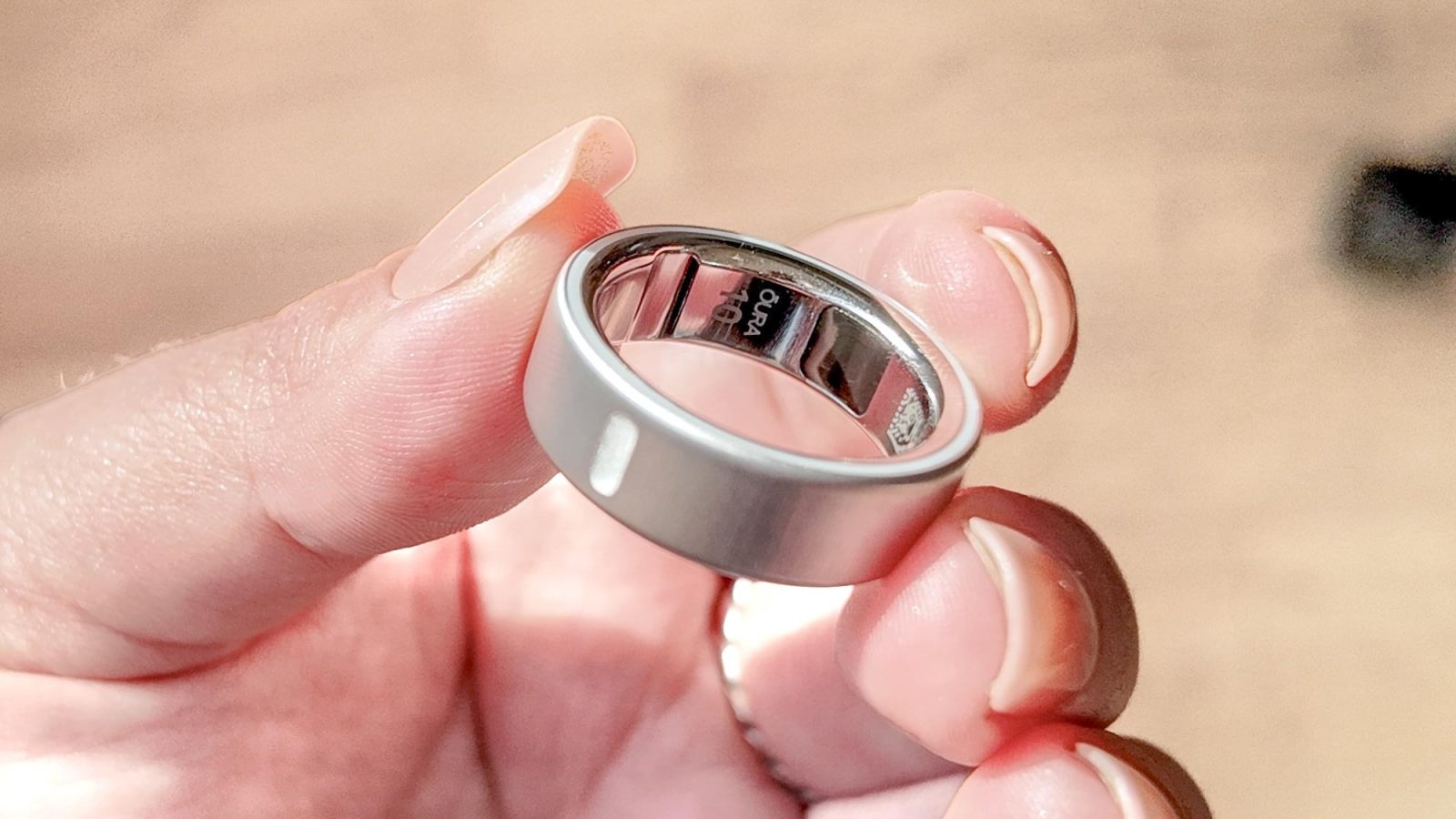
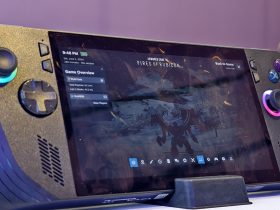
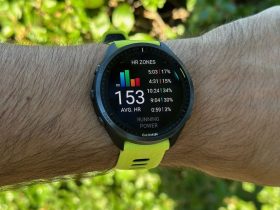

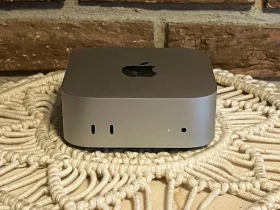
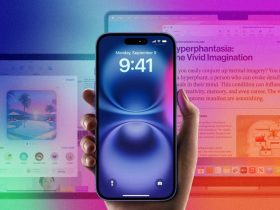
Leave a Reply